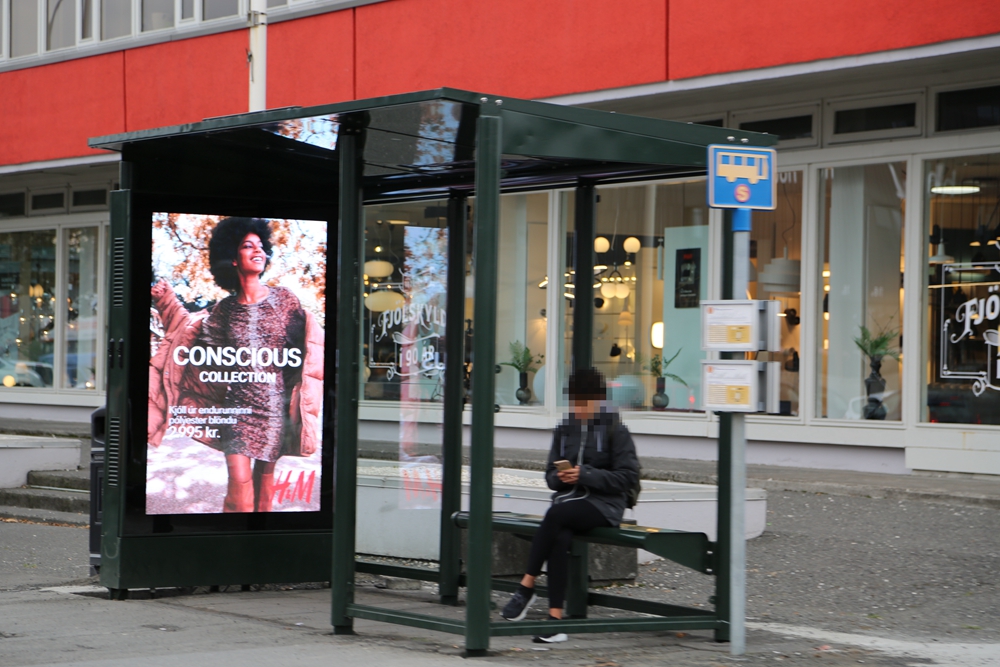With the increasing urbanization of cities, public transportation has become an essential part of people's daily lives. Bus shelters serve as a place of waiting for passengers, providing them with a covered environment that offers comfort and shelter from the elements. Today, we will explore the importance of bus shelters and how they can be improved to better serve the public.
I. The Importance of Bus Shelters
1. Improved travel experience: Bus shelters provide passengers with a comfortable waiting environment, alleviating some of the discomforts they may experience in harsh weather conditions. Additionally, clear destination displays and electronic signs provide real-time information on bus arrival times, making it easier for passengers to keep track of their transportation.
2. Enhanced city image: Bus shelters with unique and functional designs can serve as iconic structures that showcase a city's development and cultural identity. The artistic elements and green features integrated into bus shelter designs also contribute to the overall urban greenery and provide passengers with a pleasant experience while waiting.
3. Promotion of public safety: Bus shelters help to reduce congestion and crowding at bus stops, which in turn reduces the potential for traffic accidents. Additionally, shelters are equipped with surveillance cameras to provide added security for passengers and monitor any potential incidents.

II. Design Elements and Features of Bus Shelters
1. Comfortable seating: Bus shelter seating is designed to provide maximum comfort to passengers while they wait. The seats are ergonomically designed for optimal comfort, ensuring that passengers can sit comfortably during their wait.
2. Shading and rain protection: Bus shelters are equipped with adequate shading to protect passengers from the sun's harsh rays and rainfall. This ensures a dry and comfortable waiting environment, even in inclement weather conditions.
3. Intelligent wayfinding systems: By incorporating intelligent wayfinding systems such as electronic maps and voice prompts, passengers can easily access information on bus routes, arrival times, and other transportation-related details. This enhances the ease of using public transportation and reduces confusion for passengers.
4. Environmental sustainability: Bus shelters are designed with environmental sustainability in mind. They are equipped with energy-saving lighting solutions such as LED lights, which consume less energy while providing bright lighting for passengers. Additionally, solar power systems are also utilized to supply power to shelters, reducing the dependence on traditional energy sources.
5. Artistic and cultural elements: The design of bus shelters can incorporate artistic and cultural elements to enhance the city's cultural identity and create a sense of belonging for passengers. This can be achieved through collaborations with local artists, historians, or community members to create unique and captivating designs that reflect the city's story and history.
III. Optimizing Bus Shelter Services
1. Regular maintenance: Regular maintenance activities are essential to ensure the smooth operation of bus shelters. This includes regular cleaning of the facilities, repairing damaged seats or other equipment, and promptly removing any garbage or debris from the shelter to maintain a clean and tidy environment for passengers.
2. Listening to passenger feedback: It is important to actively seek feedback from passengers regarding their experience at bus shelters. This can be achieved through surveynaires, focus groups, or community feedback channels to understand their needs and address any issues or suggestions that they may have.








 Share to:
Share to: